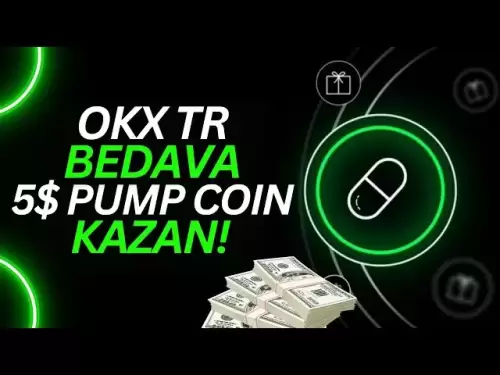-
 Bitcoin
Bitcoin $117400
-0.46% -
 Ethereum
Ethereum $3768
0.60% -
 XRP
XRP $3.551
2.09% -
 Tether USDt
Tether USDt $1.000
0.00% -
 Solana
Solana $203.2
11.30% -
 BNB
BNB $770.9
1.92% -
 USDC
USDC $0.9999
0.01% -
 Dogecoin
Dogecoin $0.2709
-0.02% -
 Cardano
Cardano $0.9024
4.49% -
 TRON
TRON $0.3139
0.60% -
 Hyperliquid
Hyperliquid $45.60
-1.41% -
 Stellar
Stellar $0.4730
-1.34% -
 Sui
Sui $4.025
2.15% -
 Chainlink
Chainlink $19.79
2.19% -
 Hedera
Hedera $0.2724
-2.39% -
 Avalanche
Avalanche $25.93
3.05% -
 Bitcoin Cash
Bitcoin Cash $524.0
-1.83% -
 Shiba Inu
Shiba Inu $0.00001558
0.50% -
 Litecoin
Litecoin $116.7
-0.30% -
 UNUS SED LEO
UNUS SED LEO $8.996
0.00% -
 Toncoin
Toncoin $3.334
1.83% -
 Polkadot
Polkadot $4.506
0.34% -
 Uniswap
Uniswap $10.99
4.83% -
 Ethena USDe
Ethena USDe $1.001
0.03% -
 Pepe
Pepe $0.00001461
3.17% -
 Monero
Monero $320.3
-1.01% -
 Bitget Token
Bitget Token $4.935
0.36% -
 Dai
Dai $0.9998
0.00% -
 Aave
Aave $322.4
-1.25% -
 Bittensor
Bittensor $455.6
9.33%
What is the future of blockchain technology?
Blockchain's future lies in transforming industries through decentralized finance, secure identity management, and streamlined supply chains, driven by innovation and regulatory collaboration.
Jul 22, 2025 at 09:14 am
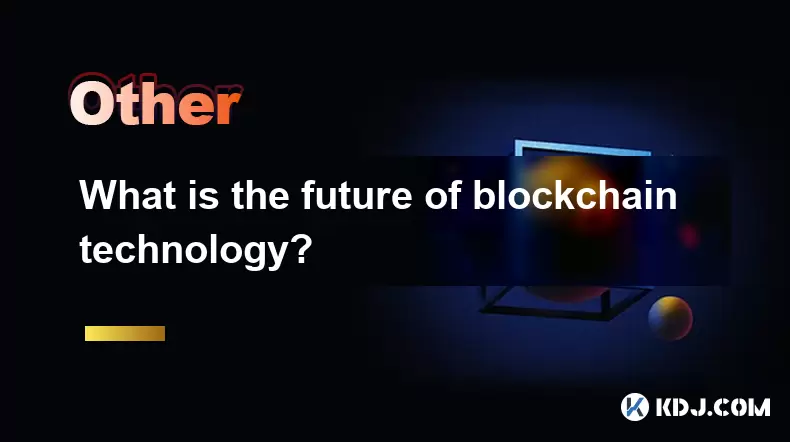
What is the future of blockchain technology?
Blockchain technology has evolved significantly since the introduction of Bitcoin in 2009. Originally perceived as a niche innovation for cryptocurrencies, blockchain has now permeated various industries, including finance, healthcare, logistics, and supply chain management. The future of blockchain technology lies in its ability to provide decentralized, transparent, and tamper-proof systems across multiple sectors.
Decentralized Finance (DeFi) Expansion
One of the most prominent areas where blockchain is expected to grow is Decentralized Finance (DeFi). DeFi platforms leverage blockchain to eliminate intermediaries in financial transactions. Users can lend, borrow, and trade assets directly through smart contracts without needing a traditional bank. The future of DeFi depends on regulatory clarity, scalability improvements, and user adoption.
For example, to participate in a DeFi platform like Aave or Compound, users need to:
- Set up a compatible wallet such as MetaMask.
- Acquire Ethereum or stablecoins like DAI or USDC.
- Connect their wallet to the DeFi application.
- Approve transactions and interact with smart contracts.
These steps require a basic understanding of how blockchain wallets and gas fees work. As user interfaces become more intuitive, DeFi is expected to reach a broader audience.
Integration with Traditional Financial Systems
Another key direction for blockchain technology is its integration with traditional financial systems. Central Bank Digital Currencies (CBDCs) are being developed by numerous countries as a way to digitize national currencies using blockchain. These digital currencies aim to offer the benefits of blockchain—such as fast transactions and transparency—while maintaining regulatory oversight.
China’s Digital Yuan and the European Central Bank’s exploration of a Digital Euro are examples of how governments are experimenting with blockchain-based monetary systems. The future of such initiatives will depend on how effectively they can be implemented without compromising privacy or financial stability.
Supply Chain and Logistics Optimization
Blockchain's ability to record immutable transactions makes it ideal for supply chain management. Companies are increasingly adopting blockchain to track the movement of goods from origin to consumer. This ensures authenticity, reduces fraud, and improves efficiency.
For instance, Walmart and IBM have partnered to use blockchain for food traceability. When a product is scanned, its journey from farm to shelf can be viewed in real-time. This not only enhances consumer trust but also helps identify issues such as contamination quickly.
Implementing blockchain in supply chains involves several steps:
- Choosing a suitable blockchain platform, such as Hyperledger or Ethereum.
- Developing smart contracts to automate processes.
- Integrating with existing ERP systems.
- Training staff on how to use the new system.
Each of these stages requires careful planning and technical expertise.
Identity Verification and Data Security
With increasing concerns about data breaches and identity theft, blockchain offers a promising solution for secure digital identity management. Unlike centralized systems, which are vulnerable to hacking, blockchain-based identity systems give users control over their personal data.
Platforms like uPort and Sovrin allow individuals to create self-sovereign identities. These identities can be used across various services without needing to repeatedly submit personal information. To set up a blockchain-based identity:
- Download a decentralized identity wallet.
- Create a unique identifier using cryptographic keys.
- Store and manage identity credentials on the blockchain.
- Share only the necessary information with service providers.
This approach enhances privacy and reduces the risk of identity theft.
Cross-border Payments and Remittances
Cross-border transactions are often slow and expensive due to the involvement of multiple intermediaries. Blockchain technology can streamline this process by enabling peer-to-peer transactions without the need for middlemen.
Ripple, for example, has developed blockchain solutions for financial institutions to facilitate faster and cheaper international payments. The future of blockchain in this domain hinges on partnerships with banks and regulatory compliance across jurisdictions.
Setting up a blockchain-based cross-border payment system involves:
- Selecting a consortium blockchain or a public blockchain with high throughput.
- Establishing interoperability protocols with existing banking systems.
- Ensuring compliance with AML and KYC regulations.
- Educating users on how to send and receive funds securely.
These steps are critical to ensuring that blockchain-based remittance services are both efficient and compliant.
Frequently Asked Questions
Q: How does blockchain improve data security compared to traditional databases?
A: Blockchain improves data security through decentralization and immutability. Unlike traditional databases that store data in a central location, blockchain distributes data across a network of computers. Once recorded, data cannot be altered without consensus from the network, making it highly resistant to tampering.
Q: Can blockchain technology be used for voting systems?
A: Yes, blockchain can be used to develop secure and transparent voting systems. Each vote can be recorded as a transaction on the blockchain, ensuring that it cannot be altered or deleted. However, challenges such as voter anonymity and accessibility must be addressed before widespread adoption.
Q: Is blockchain technology energy-intensive?
A: Some blockchain networks, particularly those using Proof of Work (PoW) consensus mechanisms like Bitcoin, are energy-intensive. However, newer blockchains are adopting Proof of Stake (PoS) or hybrid models to reduce energy consumption while maintaining security.
Q: What are the main challenges facing blockchain adoption?
A: Key challenges include regulatory uncertainty, scalability limitations, interoperability issues, and lack of technical expertise. Addressing these requires collaboration between developers, businesses, and policymakers to create standardized frameworks and improve infrastructure.
Disclaimer:info@kdj.com
The information provided is not trading advice. kdj.com does not assume any responsibility for any investments made based on the information provided in this article. Cryptocurrencies are highly volatile and it is highly recommended that you invest with caution after thorough research!
If you believe that the content used on this website infringes your copyright, please contact us immediately (info@kdj.com) and we will delete it promptly.
- MoonBull's Whitelist Mania: Your Last Shot at 100x Crypto Gains?
- 2025-07-22 10:30:12
- Meme Coins in 2025: Explosive Gains or Fading Fad?
- 2025-07-22 10:30:12
- Kim Keon-hee Crypto Probe: Scandal Rocks South Korea's Political Scene
- 2025-07-22 10:50:12
- ETH Holders in Profit: Value Surge Fuels Bullish Sentiment
- 2025-07-22 09:30:13
- NEAR Protocol's AI Leap: Double-Digit Gains and Future Potential
- 2025-07-22 09:30:13
- Cryptos, Meme Coins, Buy Now: Riding the Wave of Hype
- 2025-07-22 08:30:13
Related knowledge
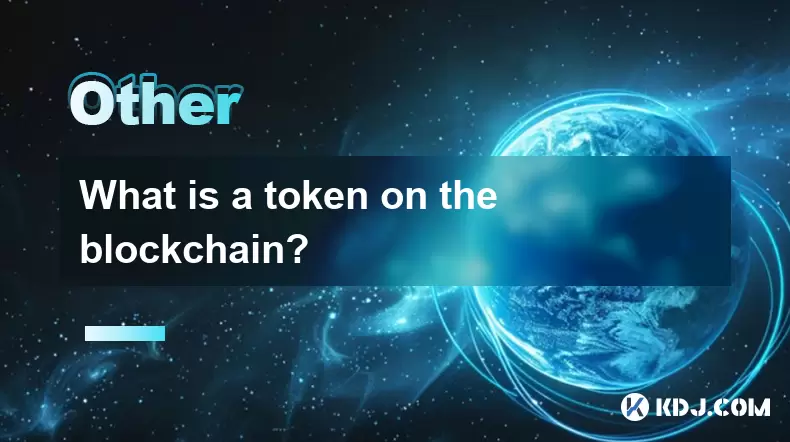
What is a token on the blockchain?
Jul 21,2025 at 07:00am
Understanding the Concept of a TokenIn the realm of blockchain technology, a token is a digital representation of an asset or utility that exists on a...
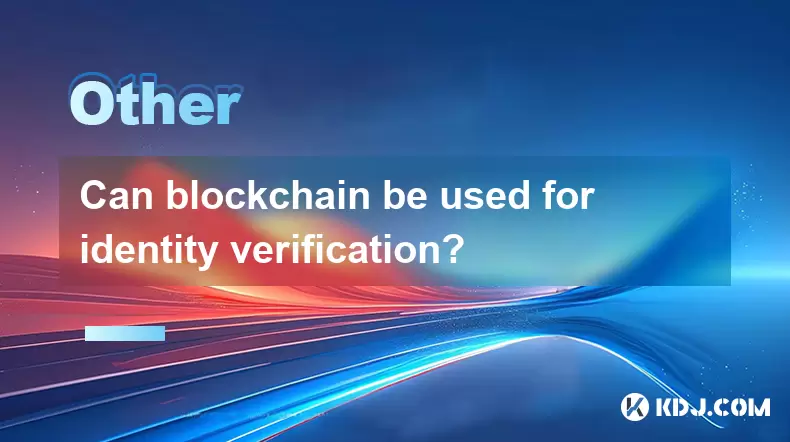
Can blockchain be used for identity verification?
Jul 18,2025 at 02:14pm
Understanding Identity Verification in the Digital AgeIn the modern digital landscape, identity verification has become a critical component for ensur...
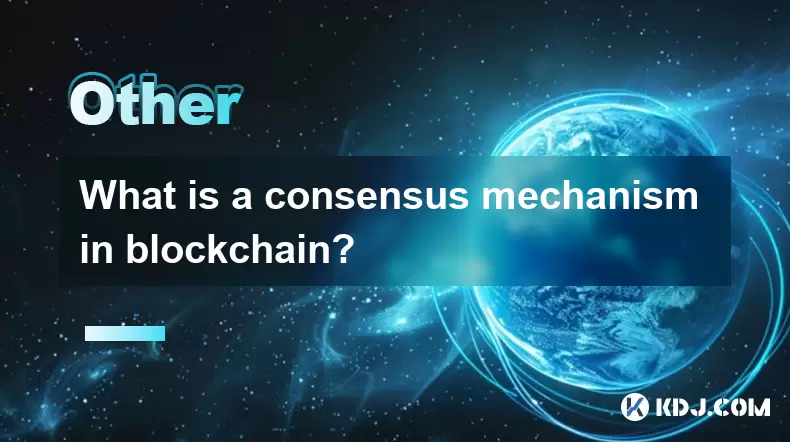
What is a consensus mechanism in blockchain?
Jul 21,2025 at 03:01am
Understanding the Basics of Consensus MechanismsA consensus mechanism is a critical component of any blockchain network. It refers to the process by w...
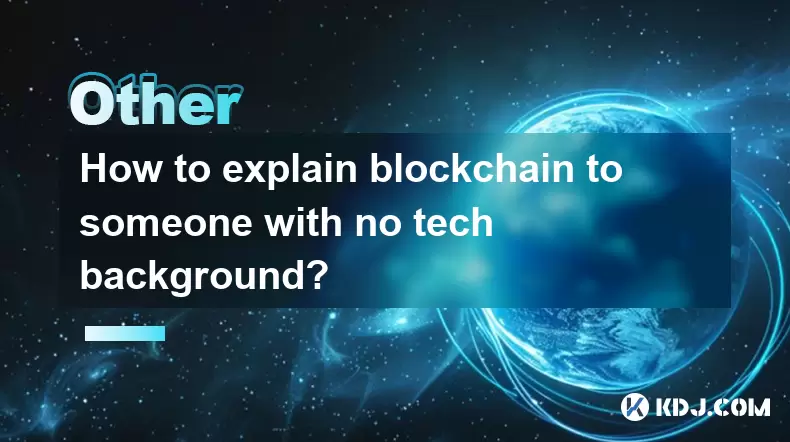
How to explain blockchain to someone with no tech background?
Jul 18,2025 at 11:08pm
Understanding the Basics of BlockchainTo explain blockchain to someone with no tech background, it's essential to start with simple analogies and avoi...
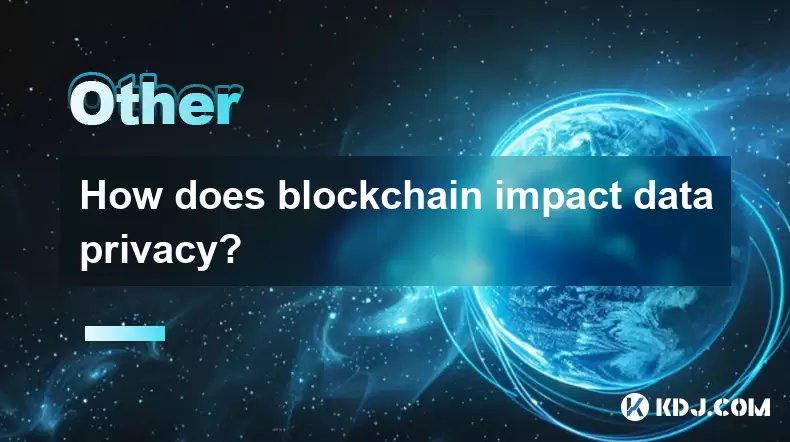
How does blockchain impact data privacy?
Jul 21,2025 at 02:21pm
Understanding the Role of Blockchain in Data PrivacyBlockchain technology, originally developed as the underlying infrastructure for cryptocurrencies ...
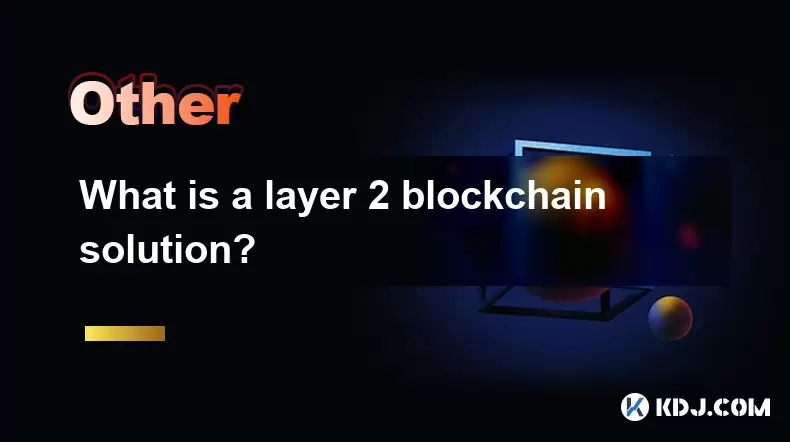
What is a layer 2 blockchain solution?
Jul 20,2025 at 01:42am
Understanding the Concept of Layer 2 BlockchainA layer 2 blockchain solution refers to a secondary framework or protocol built on top of an existing b...

What is a token on the blockchain?
Jul 21,2025 at 07:00am
Understanding the Concept of a TokenIn the realm of blockchain technology, a token is a digital representation of an asset or utility that exists on a...

Can blockchain be used for identity verification?
Jul 18,2025 at 02:14pm
Understanding Identity Verification in the Digital AgeIn the modern digital landscape, identity verification has become a critical component for ensur...

What is a consensus mechanism in blockchain?
Jul 21,2025 at 03:01am
Understanding the Basics of Consensus MechanismsA consensus mechanism is a critical component of any blockchain network. It refers to the process by w...

How to explain blockchain to someone with no tech background?
Jul 18,2025 at 11:08pm
Understanding the Basics of BlockchainTo explain blockchain to someone with no tech background, it's essential to start with simple analogies and avoi...

How does blockchain impact data privacy?
Jul 21,2025 at 02:21pm
Understanding the Role of Blockchain in Data PrivacyBlockchain technology, originally developed as the underlying infrastructure for cryptocurrencies ...

What is a layer 2 blockchain solution?
Jul 20,2025 at 01:42am
Understanding the Concept of Layer 2 BlockchainA layer 2 blockchain solution refers to a secondary framework or protocol built on top of an existing b...
See all articles

























